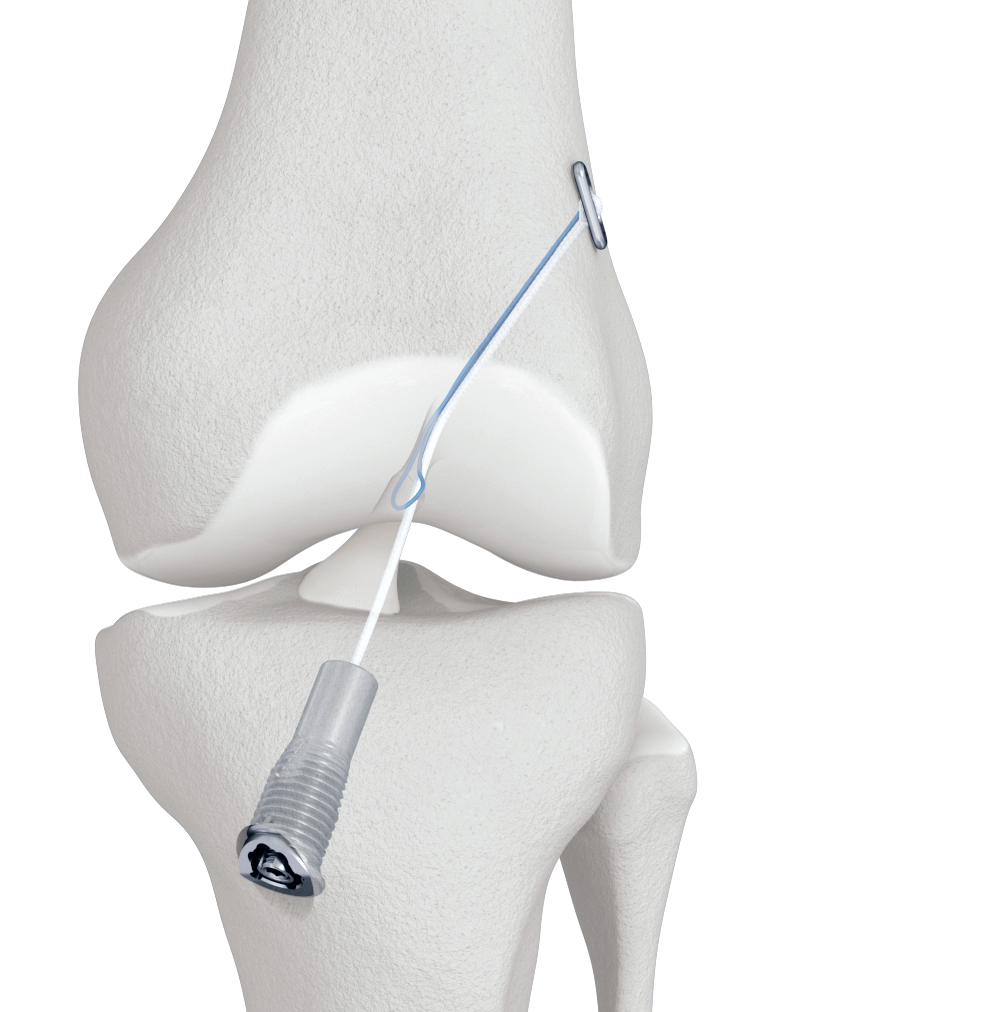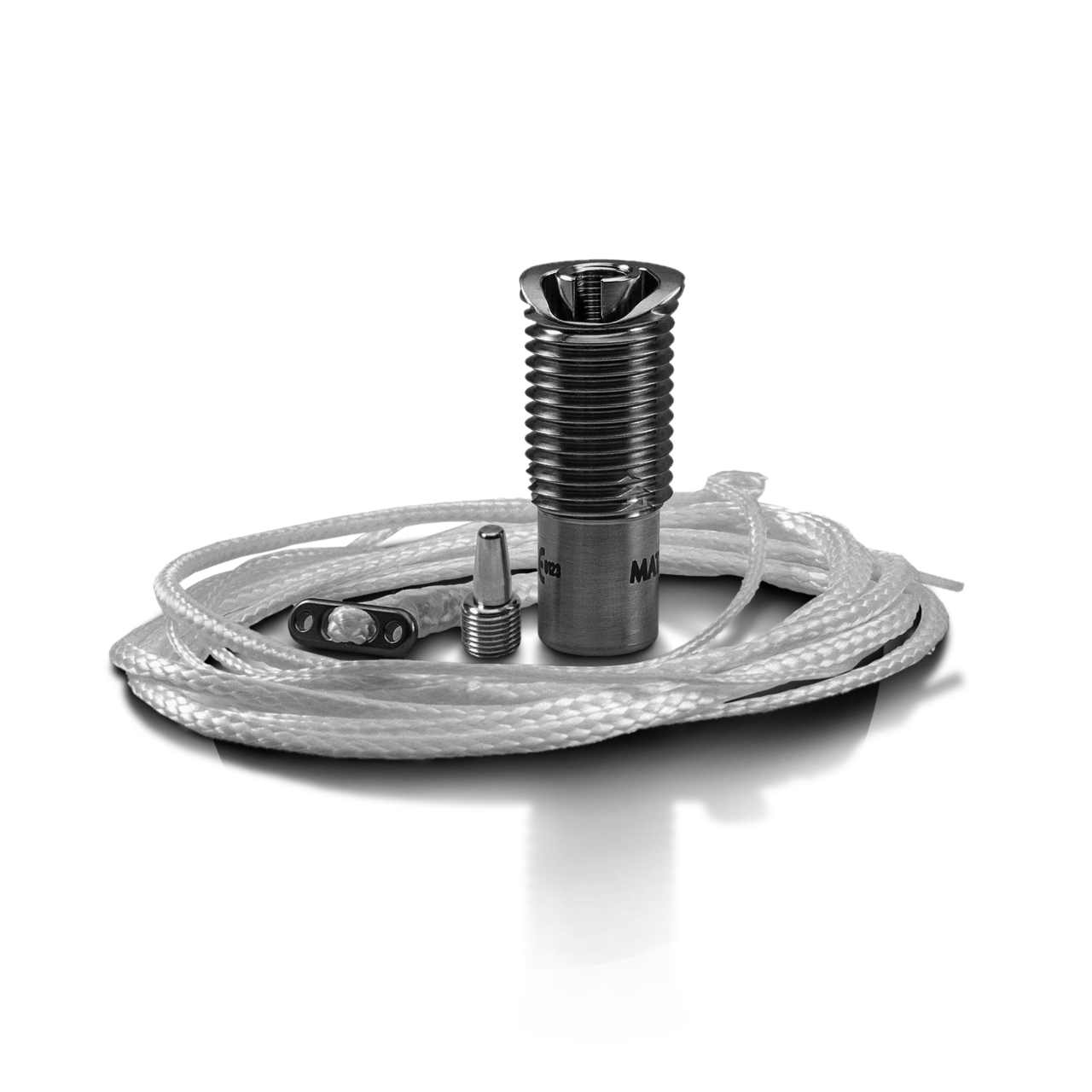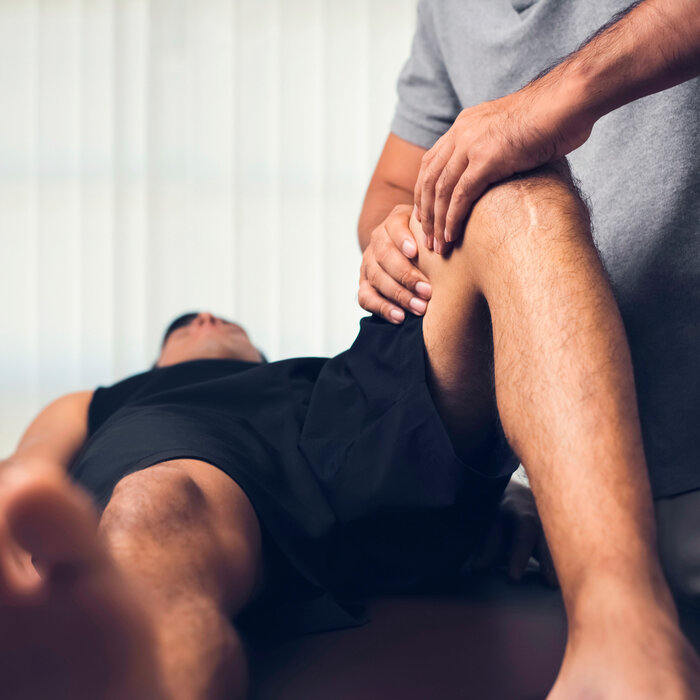Ligamys
What is Ligamys?
Ligamys is an implant used to treat ruptures of the anterior cruciate ligament (ACL ruptures).
Ligamys fulfils two functions:
- The knee is mechanically supported or stabilised, respectively, for a sufficient period of time.
- This stabilisation enables the torn anterior cruciate ligament to heals up.
Ligamys enables preservation of the patient’s own cruciate ligament. No removal of a tendon from the patient’s body is required.
The robust thread temporarily assumes the functions of the injured cruciate ligament. It is pulled through two very small tunnels that are drilled through the femur (thigh bone) and tibia (shinbone). The thread is positioned to run in the same direction as the patient’s anterior cruciate ligament.
A small metal plate made of titanium (the flip anchor) secures the polyethylene thread on the outside of the femur and keeps the thread tensioned.
The pivotal component of the system is the so-called monobloc. It comprises a spring system and is inserted into the tibial plateau obliquely from below. The monobloc holds the other end of the polyethylene thread elastically.
The monobloc with the polyethylene thread provides a dynamic connection between the femur and tibia, which stabilises the joint and relieves the injured cruciate ligament.
This allows the cruciate ligament to grow back together again, while the spring system ensures knee stability in every phase of movement.



![[Translate to English:] [Translate to English:]](/public/_processed_/9/9/csm_iStock_000051343526_XXXLarge_c24b230a26.jpg)
